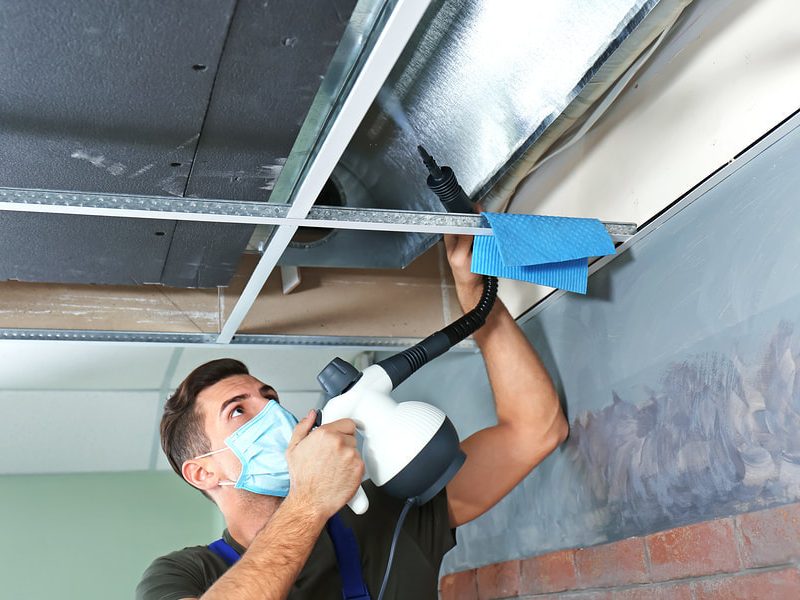Consider putting your wine away in the fridge and forget about it until you’re ready to drink it. A wine refrigerator should attempt to imitate these temperatures as precisely as feasible.
Temperature Control
All costly wines require an adequate temperature level since cold slows the aging process, while heat helps the wine develop more rapidly.
The optimum temperature for wine storage is likely around 10 or 15 degrees Celsius.
Humidity
Some wine fridge don’t have humidity control. Its relative humidity is typically around 40%. Double glass walls are standard on most bottles of wine, which help regulate temperature by increasing insulation.
Fluctuation
Wine storage must be done correctly to safeguard the wine from risks such as temperature changes, UV rays, and dry weather.
Availability
There are numerous advantages to using a wine cooler. They are great for small restaurants, living rooms, offices, and other spaces because they are available in various styles and sizes. You can regulate the temperature of your wines and the humidity using bottles of wine.
Technology for Wine Fridges –
Technology of Compressors
Vibration levels and price are both affected by the cooling technique of your wine fridge. Due to its mechanical origin, compressed air wine fridges feature marginally more significant vibration levels than optoelectronic fridges, and they’re more expensive.
Thermoelectric Technology
Temperatures are also more stable and controlled with thermoelectric refrigerators. Whereas the thermoelectric air conditioning system is itself resonance, the fan will still cause some vibration — and much smaller scale than a compression would.


